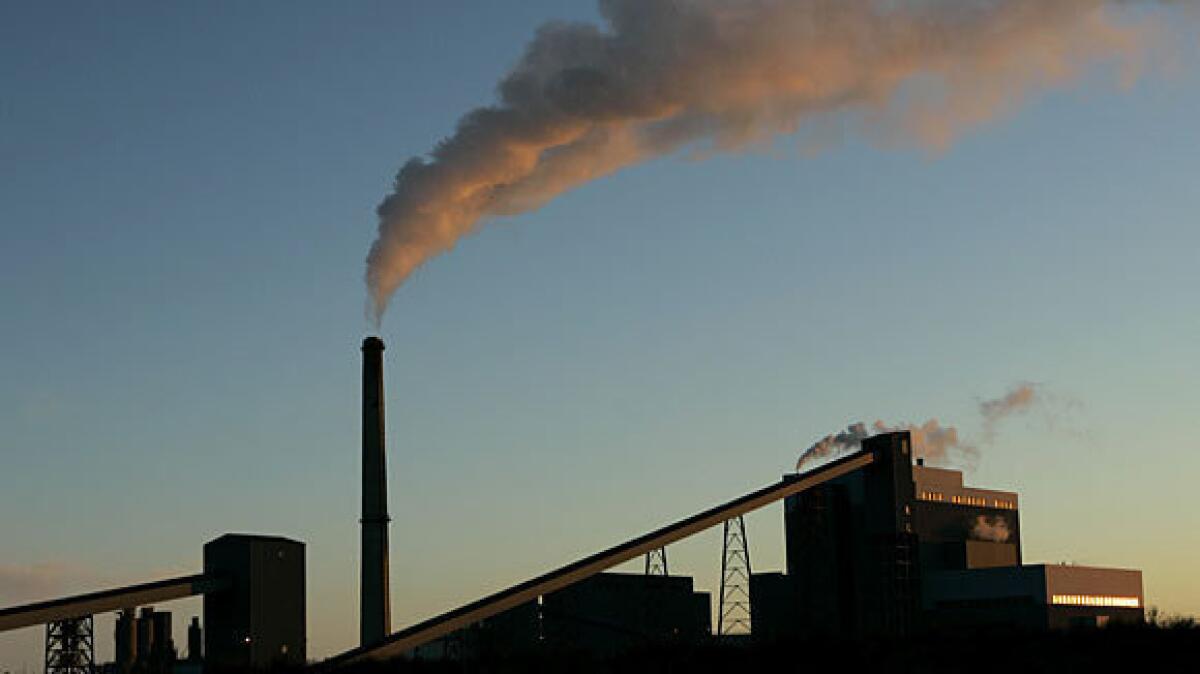Court ruling on EPA pollution rule: Bad air and bad reasoning

- Share via
Environmental regulation is a complicated business, but the Environmental Protection Agency’s Cross-State Air Pollution Rule is, in principle, fairly simple. It aims to protect people who live in states that are downwind of the deadly pollutants emitted by power plants in adjacent states — so if coal smoke from Texas, say, is poisoning the air in Louisiana, the EPA can force Texas to be a better neighbor by cutting emissions. Yet differing court interpretations of the EPA’s authority have turned what should be straightforward into a continuing legal nightmare, endangering tens of thousands of American lives in the process.
The latest twist came Tuesday when the appeals court for the District of Columbia overturned the Cross-State Air Pollution Rule. It was a confusing decision. Four years ago, the court declared that the EPA’s rules, developed during the George W. Bush administration, were too weak to adequately protect the health of people in downwind states. But after the Obama EPA crafted a new rule designed to pass the court’s scrutiny, two judges on the three-judge panel — both of them, notably, Bush appointees — said it had gone too far and was now usurping states’ rights and overstepping its powers. This provoked a blistering dissent from the third judge — an appointee of President Clinton — saying the majority’s decision was “based on the court’s own notions of absurdity and logic that are unsupported by a factual record, and a trampling on this court’s precedent.”
Is there judicial activism at play here? That’s not an unreasonable conclusion, though the definition of “activism” seems to be any decision that disagrees with the political opinions of the accuser. What is clear is that the majority wrote a highly defensive decision that seems to twist itself into knots to reinterpret the EPA’s powers under the Clean Air Act in ways that aren’t supported by precedent.
What’s also clear is that the delay in implementing this pollution rule is costing human lives. Nitrogen oxide and sulfur dioxide from power plants contribute to smog and acid rain in Midwestern and Eastern states. The rule, which was supposed to go into effect in January, would prevent up to 34,000 premature deaths annually, according to the EPA. It would save up to $280 billion a year in healthcare and other expenses, at a cost of $800 million annually, which would cause a barely noticeable blip in power bills in the 28 states it covers.
The EPA should waste no time in appealing this costly, ideological and wrongheaded decision to the full D.C. Circuit Court.
More to Read
Sign up for Essential California
The most important California stories and recommendations in your inbox every morning.
You may occasionally receive promotional content from the Los Angeles Times.










